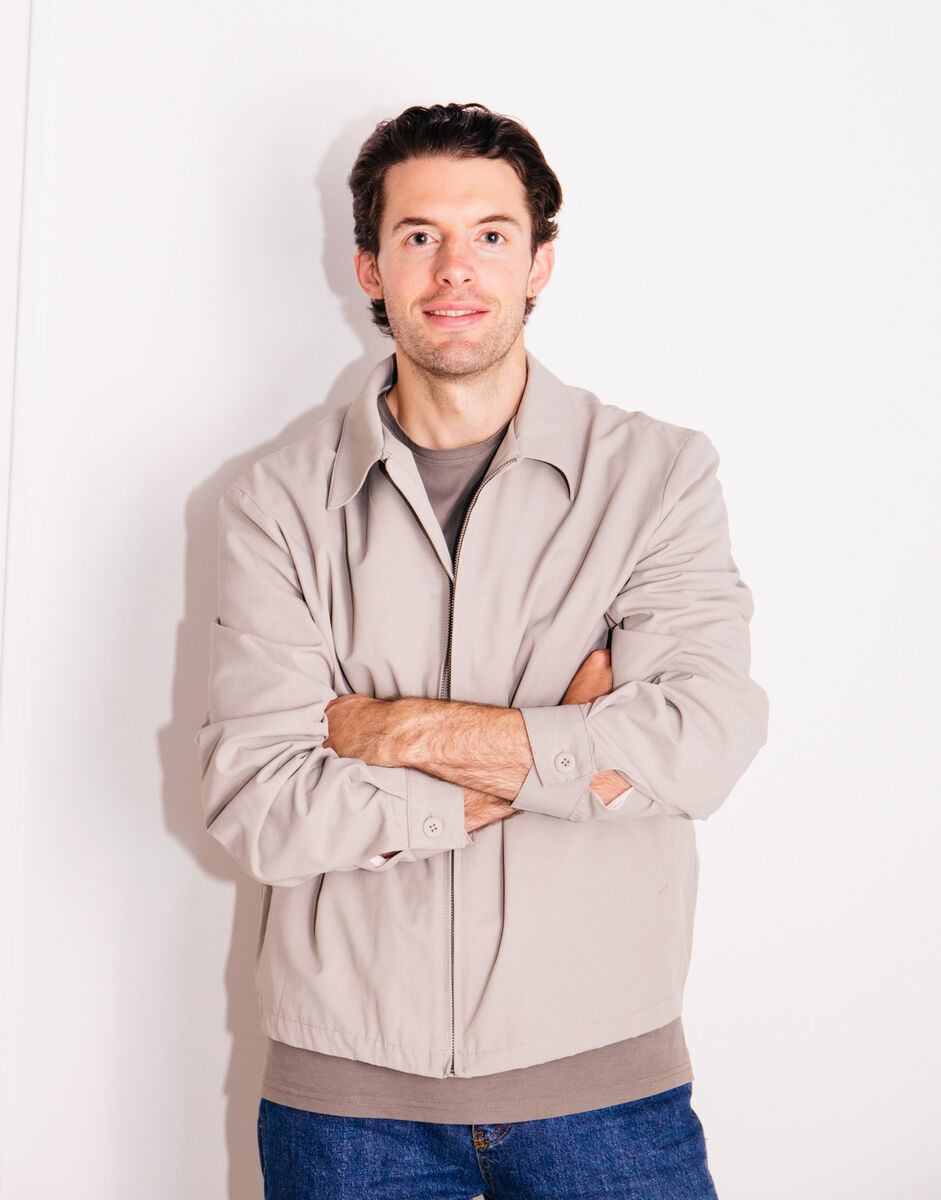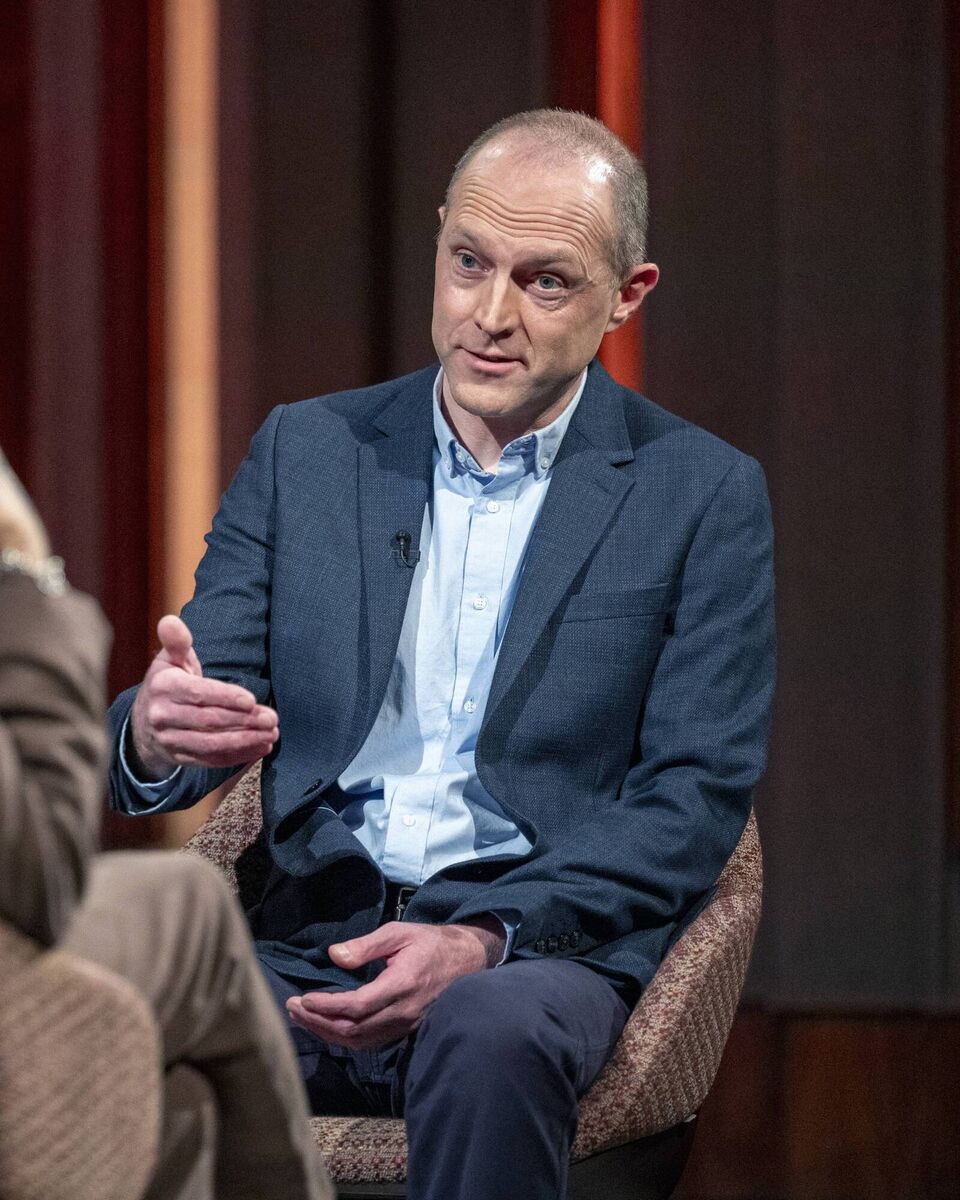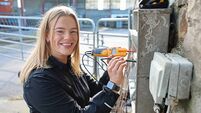Free flow: unlocking creativity and your best performance

Flow means "becoming so absorbed in whatever we are doing that the rest of the world vanishes from our consciousness and there is only the task at hand. We enter this state when doing an activity we enjoy, that requires concentration and at which we are skilled", says Brendan Kelly, professor of psychiatry at TCD and author of The Science of Happiness.
Fergus Kerrigan spends several days a month alone by himself in an empty room with a whiteboard in front of him and a marker in his hand.
“When I’m standing there, away from my devices and any possibility of interruption, I can free up my headspace and come up with all sorts of ideas,” says the 33-year-old entrepreneur.
As the co-founder of the functional health supplement company Ethos and the advanced healthcare clinic Tru Health, Dublin-based Kerrigan is a busy man. “I could easily spend my time bouncing from one urgent task to the next when what I need to do is work more strategically,” he says. “That’s why I book a room for myself once or twice a month. It gives me time to focus my thoughts and unleash my creativity. It allows me to get into true flow state.”
There’s lots of talk of flow state in business circles these days, with many lauding it as the key to ultimate productivity. They are excited by the findings of research such as the 10-year study published by the global management consulting company McKinsey in 2013 in which top executives reported being five times more productive in flow. Or the 2012 University of Sydney study which showed that being in flow increased creative problem-solving abilities by 430%.
But what is flow?

According to Brendan Kelly, a professor of psychiatry at Trinity College Dublin and author of , it means “becoming so absorbed in whatever we are doing that the rest of the world vanishes from our consciousness and there is only the task at hand. We enter this state when doing an activity we enjoy, that requires concentration and at which we are skilled.”
Margaret Forde, the chartered counselling and organisational psychologist behind positivepsychology.ie, explains it further. “Flow was first identified as a concept by a Hungarian American psychologist called Mihaly Csikszentmihalyi in 1990,” she says.
“He defined it as feeling our best while performing at our best. It’s an intense experiential involvement in activity, when we’re engrossed in what we’re doing, when all distractions disappear and an hour can go by and we don’t even notice.”
We are more likely to enter this state when we take on a task that offers a level of challenge commensurate with our level of skill. “That challenge mustn’t be so great that our efforts seem futile but nor must it be so small that we get no reward or the activity doesn’t seem worthwhile,” says Kelly.
This is the balance that Kerrigan and others try to achieve. They try to achieve it because they believe that entering into flow allows them to reach heightened levels of concentration so that they can engage with their work completely and perform to the utmost of their ability.
Kelly points out that flow doesn’t merely enhance our focus and boost our performance. “It makes us more creative too,” he says.
“We emerge from flow feeling refreshed, fulfilled and happier than when we started. Flow is a deeply nourishing mental state that is highly conducive to happiness and mental health.”
We don’t yet understand exactly what happens in our brain when we’re in flow state.
“But we do know that our prefrontal cortex appears to be deactivated,” says Forde. That’s the part of our brain that worries and feels anxious. When it’s switched off, we are better able to be fully immersed in the moment. We stop analysing ourselves and what we are doing and just do it.”
Flow state is also associated with elevated dopamine and serotonin levels. “Both of these neurotransmitters are associated with positive mood and emotions,” says Forde. “They are what make being in flow feel so rewarding.”
Sarah Gregg is from Belfast and is the co-founder of the Intuitive Psychology Association and author of . She first came upon the concept of flow seven years ago.
“I was at a low point in my life, having been a 'gold star junkie' and chasing achievement in my career as a corporate coach to the point that I eventually burned out and quit my job,” she says.
“That’s when I discovered flow. The idea of being totally engaged in life and of feeling your best and performing at your best at the same time seemed to be the answer I was looking for.”

She developed a flow journal system and posted about it online. “That led to being offered a book deal and the work I do now with organisations like the NHS in Britain where I train staff on how to harness flow in their work,” says Gregg.
She firmly believes we can all enter flow state and outlines how in her journal. “It’s a simple three-part formula,” she says. “First, you need a clear goal. Second, you need to perform it to the best of your current level of ability.”
The third part of Gregg’s formula involves scripting what you will see, hear and feel as you move towards your goal.
“That’s what we call immediate feedback in psychology,” she says. “Professional footballers do it by imagining themselves exciting the changing rooms, feeling the nerves, hearing the crowds and focusing on the ball. That feedback helps them to stay on course to achieving their target.”
Her formula isn’t just for elite sportspeople. “Say you set yourself the goal of doing a 20-minute run at 5pm,” she says.
“Script it out from hearing your alarm go off and not feeling enthusiastic about going running to reminding yourself that it will be worth it, pulling on your trainers, listening to happy tunes and then noticing how your body feels while you’re running. Scripting helps us to remain present in the moment and encourages a state of flow.”
Forde has other tips to help us cultivate more flow in our lives. “Look at the things that already bring you into a state of flow and ask yourself if there might be more ways of bringing those things into your life,” she says.
“At work, this might mean crafting your job over time so that you get to do more of the tasks you like and are good at.”
She thinks we can even bring flow to tasks we don’t enjoy. “Instead of approaching them with resistance, turn them into flow activities by slowing the mind and taking them one step at a time,” she says.
“You might be cleaning the cooker. Applying yourself to it wholeheartedly and being mindfully present while you’re doing it means you’re likely to get into a flow. The cooker will end up clean and when you’ve finished, you’ll realise you enjoyed the cleaning process.”
There are other strategies such as those used by Kerrigan. “Blocking off time and minimising distractions by putting away my devices helps me,” he says.
“So does the routine of working in an empty room where it’s just me, my whiteboard and my markers. We all have access to flow state. We just have to be disciplined about allowing ourselves the time and headspace for it.”
Doing so could make a huge difference not just to our work, but to our entire lives. “The idea of flow gained a lot of traction when it was reported that it could lead to a 500% increase in productivity at work,” says Gregg.
“But flow is about far more than doing more work in less time. The feeling of flow itself is its own reward. Being fully engaged in the moment, not thinking or worrying about anything else, is when we feel our most alive. It’s when we achieve our full potential and are our most authentic selves. We are happy when we’re in flow. Achievement is merely the by-product.”

Celebrating 25 years of health and wellbeing











